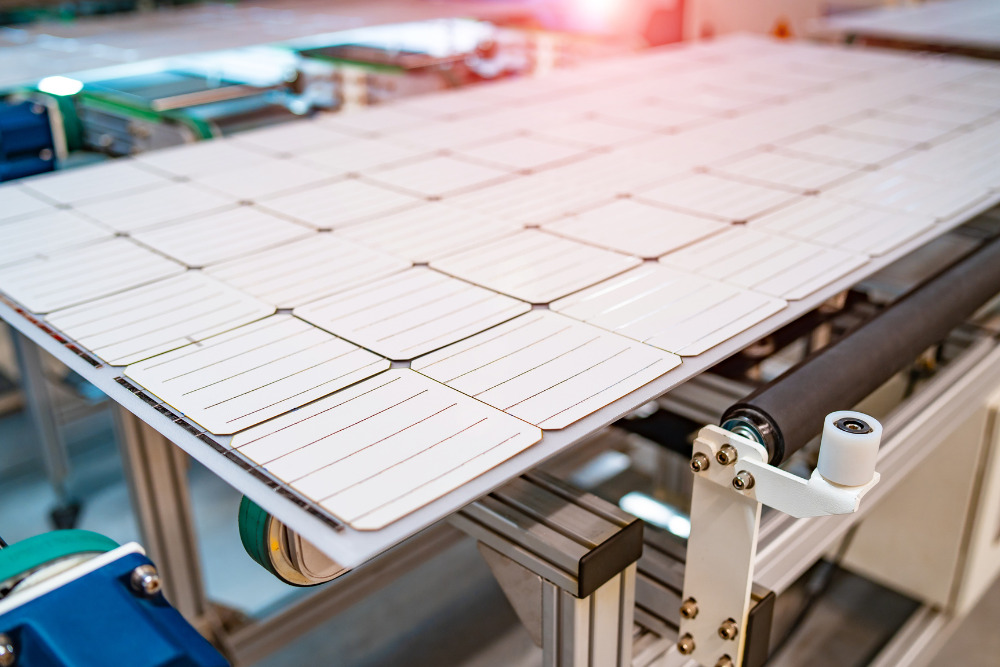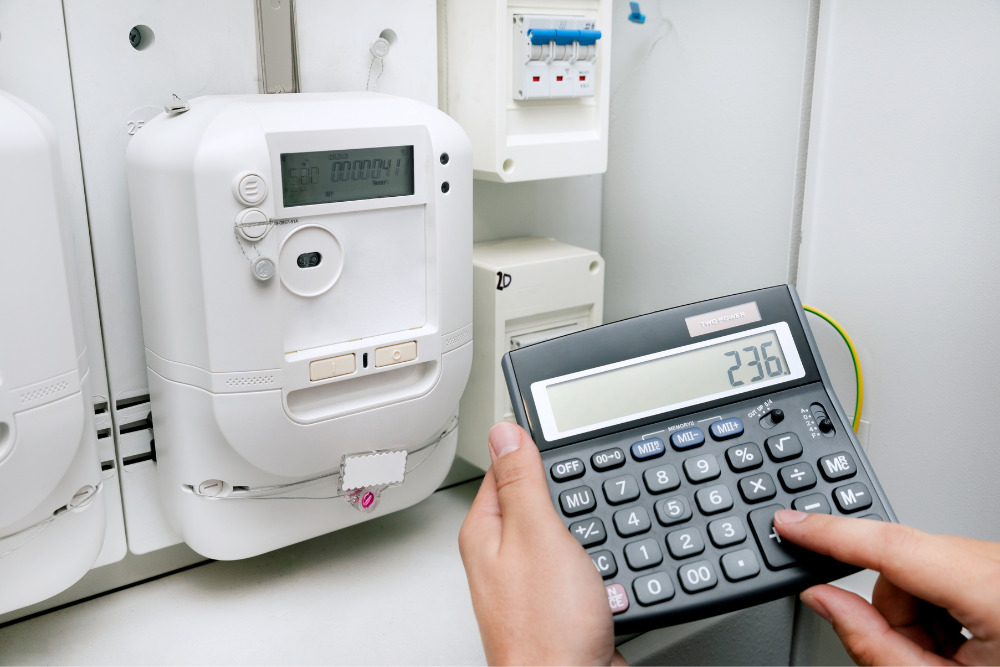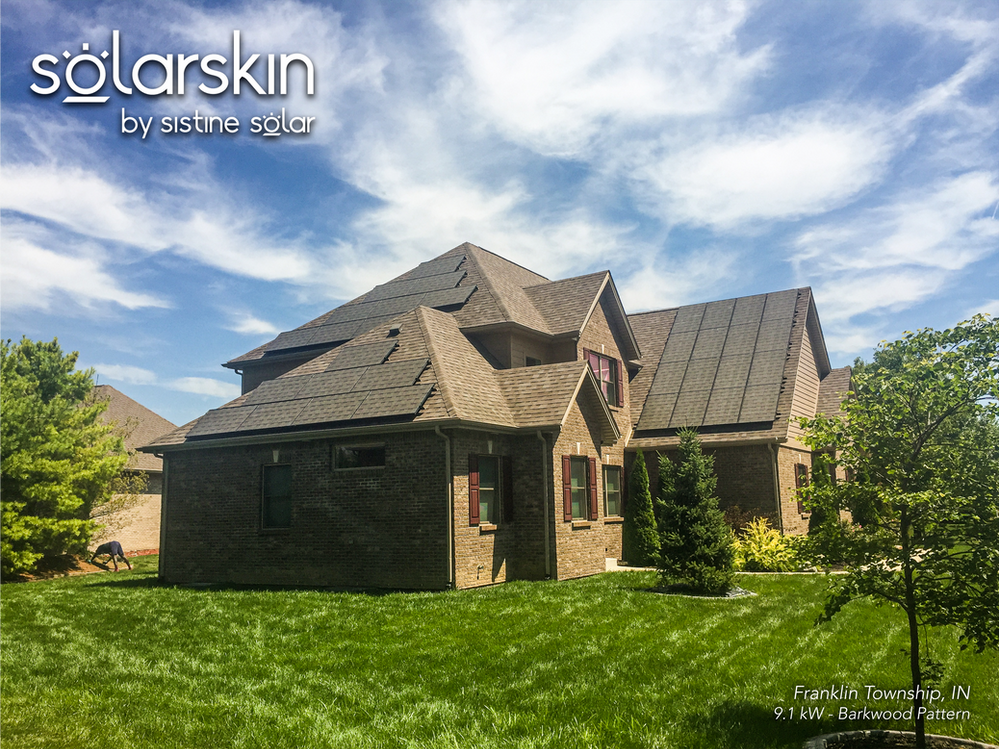
Solar panel technology has come a long way, making renewable energy more desirable and more accessible for homeowners and businesses. These advancements have seen remarkable breakthroughs in areas like efficiency, lifespan, and cost.
Technology advancements are game changers in the solar industry as their benefits are many, including high conversion rates, affordability, and durability. For homeowners and businesses interested in reducing their carbon emissions to combat climate change through the use of renewable energy, the industry is working hard to make solar the future of energy.
How Is Solar Panel Technology Advancing?
Increased Efficiency
Solar technology advancements have played a great role in improving the energy efficiency of solar power systems. New solar cell technology can produce more electricity and meet the higher energy needs of large-scale applications. More efficient panels also mean less installation space is required, making solar more accessible to buildings with unsuitable rooftops.
Longer Lifespan and Durability
Advancements in solar power technology have led to more durable solar panels. Most high-quality panels come with a 25-year warranty, though they continue to perform for many years longer. When you consider that most homeowners realize a return on investment in 6-9 years, the longevity of solar panels makes them a worthy long-term investment.
Smart and Integrated Solutions
Smart and integrated solar panels help users improve energy efficiency and monitor consumption. Solar panels with microinverters (individual inverters installed under every panel) allow users to monitor performance at the module (panel) level. Other monitoring solutions track performance at the overall system level. These solutions help users optimize the efficiency of the system and detect any underperforming panels that may need repair or maintenance.
Lower Costs
In recent years, the cost of solar panels has fallen more than 60%. The drastic decline in cost is attributed to the manufacturing of the module itself. Better access to raw and recycled materials and smart processes, such as automation, have reduced the time it takes to manufacture solar PV panels, allowing mass production without compromising quality.

What Is The Newest Technology In Solar Panels?
In the ever-evolving world of solar technology, innovative solutions continue to emerge. Some of the newest and most promising advancements include:
- Fabric/Printable Solar Cells: Ultra-thin solar cells made from lightweight fabric, suitable for use on various surfaces. These versatile cells can be installed easily and serve as alternative energy sources during emergencies, making them ideal for remote areas.
- Thin-film panels: These highly flexible panels offer easy installation and integration into building designs. While their efficiency may be lower than traditional silicon panels, their cost-effectiveness and adaptability make them an appealing option, especially for integrating into unique building designs.
- Passivated Emitter and Rear Contact (PERC): As the name implies, this technology involves adding a passivated layer at the back of the silicon cells to prevent light loss through the n-type and p-type junctions. The layer improves the solar cell efficiency and makes them the most efficient in terms of energy production and installation space.
- Tandem panels, also called multijunction solar cells: Tandem solar technology enhances energy efficiency by using semiconductors of different band gap energy. Unlike panels that use a single material as a semiconductor, these panels have several layers of semiconductors converting more sunlight into energy.
- Perovskite panels: Most photovoltaic solar panels use silicon or silicon-based materials as the semiconductor. However, perovskite solar cells use perovskite as the semiconductor because it's easier to process than silicon, making the process faster and cheaper. This results in low-cost solar panels with a higher power conversion efficiency.
- Bifacial panels: Unlike regular panels, bifacial solar modules have solar cells on both sides and lack a back sheet. Therefore, they can produce energy from both sides, making them more efficient. They're best for ground-mounted solar energy systems to absorb reflected light from the ground.
- Transparent panels: This is an interesting photovoltaic technology that uses solar panels instead of glass in windows. They are completely transparent, allowing you to generate clean energy while still enjoying natural light.
- Quantum dot solar cells: This solar panel technology uses quantum dots as the semiconductor material instead of traditional semiconductors such as silicon. Unlike silicon, this material has band gaps that can absorb various light spectra, enhancing panel efficiency.
- Back-contact (IBC) cells: With their electrical contacts at the back, these solar panels maximize sunlight exposure, resulting in high conversion efficiency due to less shading. However, the technology complicates the process and makes these panels more expensive to produce.
- N-Type TOPcon cells: This solar cell technology uses a Tunnel Oxide Passivated Contact (TOPCon) layer at the back. The layer ensures the cell achieves high energy voltage, enhancing its energy production. Unlike PERC cells, TOPCon's energy rating can reach 28%.
- Advanced heterojunction (HJT) cells: Although this isn't a new technology, manufacturers are working towards improving it to achieve high efficiency. These improvements include adding a thin film silicon layer on either side of a silicon solar cell. The addition results in an improved energy rating, which can reach 25%.
- Night-time solar: This technology borrows from the night-time goggles concept, allowing solar panels to absorb radiated infrared heat during the night and turn it into energy. Although it doesn’t produce as much energy as daytime sunlight, these panels are a good option for low energy needs where investing in energy storage isn't practical.
- SolarSkin: A cutting-edge solar panel overlay, SolarSkin allows you to fully customize the appearance of your solar panels. Homeowners with HOAs concerned about the aesthetics of solar panels can match the panels to their home’s roof shingles or tiles, while businesses can use SolarSkin as a branding opportunity to enhance visibility and drive revenue.



